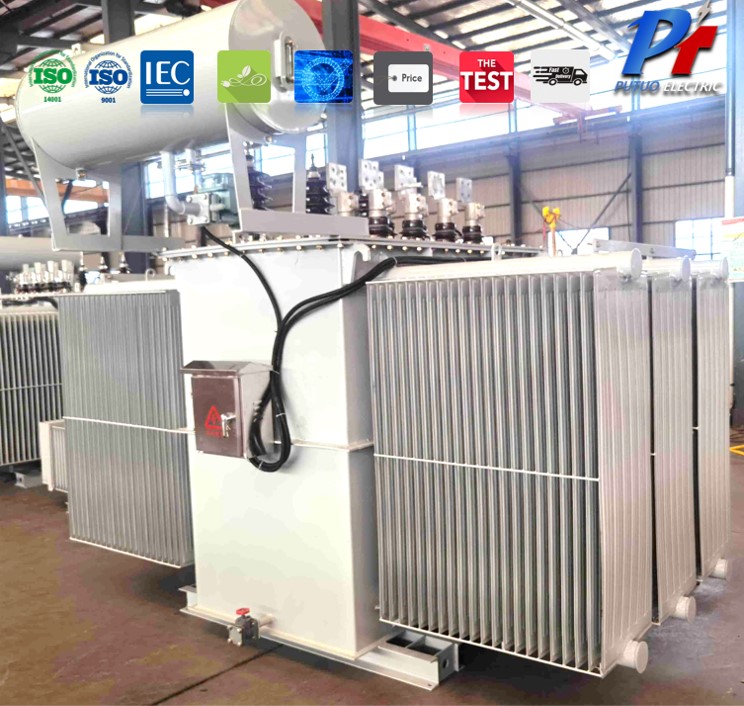Temperature controllers play an important role in ensuring optimal performance and safety of Dry type transformers. These controllers are designed to monitor and regulate the temperature of the transformer’s windings and core, which can be affected by a variety of factors, such as ambient temperature, load, and insulation.
Temperature controllers are typically installed in the transformer’s enclosure and are connected to a temperature sensor, such as a thermocouple or thermistor. The sensor measures the temperature of the transformer’s windings and core and sends the data to the controller. The controller then compares the temperature to a set point and, if necessary, activates a cooling system to reduce the temperature.
Temperature controllers help ensure optimal performance and safety of Dry type transformers by preventing overheating. Overheating can cause the transformer’s insulation to break down, leading to a decrease in performance and an increased risk of fire. Temperature controllers also help to reduce the risk of transformer failure due to thermal overload.
In addition to preventing overheating, temperature controllers can also help to reduce energy consumption. By controlling the temperature of the transformer’s windings and core, the controller can reduce the amount of energy needed to maintain the desired temperature. This can result in significant energy savings over time.
Temperature controllers are an essential component of Dry type transformers, helping to ensure optimal performance and safety. By monitoring and regulating the temperature of the transformer’s windings and core, temperature controllers can help to prevent overheating, reduce the risk of transformer failure due to thermal overload, and reduce energy consumption.


